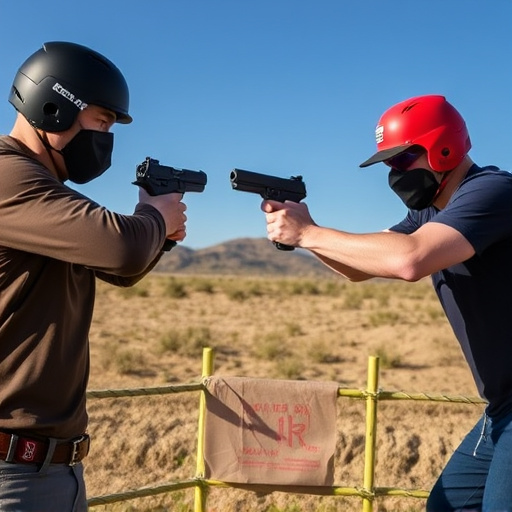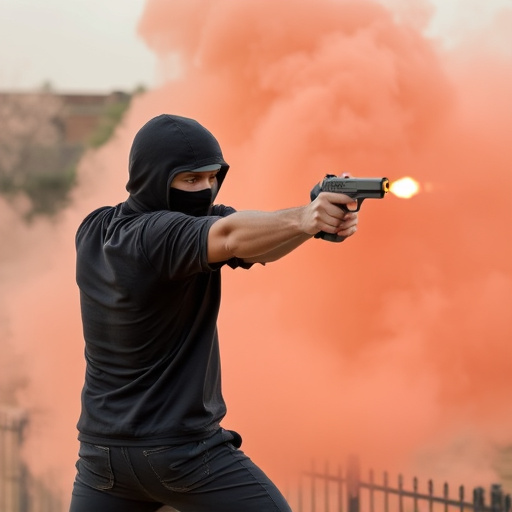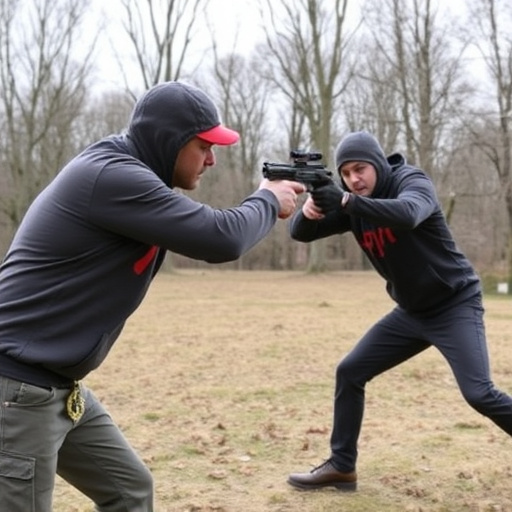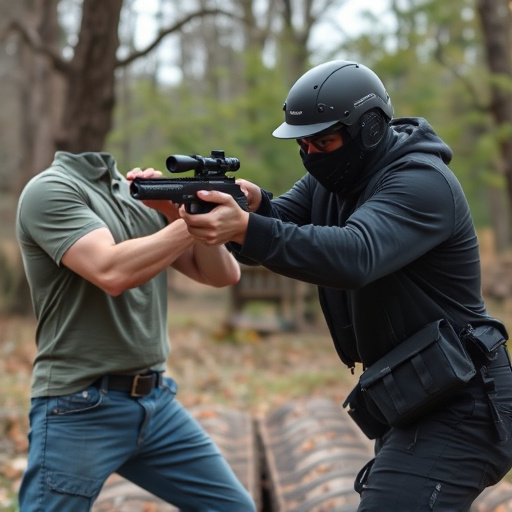Selecting the best stun gun for home defense requires understanding Tasers' and stun guns' differences: range, activation time, and effect. Stun guns offer longer reach (up to 20 feet) and faster jolts for close quarters, while Tasers have a 15-foot range and disrupt muscles. Choosing involves considering budget, personal needs, joule rating, durability, ease of use, size, and advanced features to ensure optimal home security.
Tasers and stun guns are both non-lethal self-defense tools, but they differ significantly in power, range, and safety features. This article aims to demystify these devices, helping you make an informed decision on the best stun gun for home defense. We’ll explore what sets them apart, focusing on key aspects like electrical output, firing range, and safety mechanisms. By understanding these differences, you can choose the optimal tool for your security needs.
- Understanding Tasers and Stun Guns
- Key Differences: Power, Range, Safety
- Choosing the Best Stun Gun for Home Defense
Understanding Tasers and Stun Guns

Tasers and stun guns are both non-lethal weapons designed to incapacitate an attacker, but they operate on different principles. Tasers, officially known as Electronic Control Devices (ECDs), use electric current to disrupt muscle control in the body, causing temporary paralysis. They fire two small probes connected to wires that deliver a powerful electrical charge when activated. Stun guns, on the other hand, emit a high-voltage, low-current electrical pulse through a metal probe or barrel, overloading the nervous system and causing pain and disorientation.
When considering the best stun gun for home defense, understanding these differences is crucial. Tasers generally have a longer range and can be more effective in crowded or low-light environments due to their ability to fire probes from a distance. Stun guns, however, often offer a stronger jolt of electricity with quicker activation times, making them more suitable for close-quarters defense. The choice between the two depends on personal preference, intended use, and specific home defense needs.
Key Differences: Power, Range, Safety

When comparing a Taser and a stun gun, understanding their key differences is essential, especially if you’re considering the best stun gun for home defense. One prominent distinction lies in their power delivery. Tasers use electrical current to disrupt muscle control, causing the target to fall to the ground, while stun guns deliver a high-voltage, low-current electrical pulse that temporarily disables the individual by overloading their nervous system.
In terms of range, stun guns generally offer a longer reach, often up to 20 feet or more, compared to Tasers’ typical range of around 15 feet. This advantage makes stun guns a preferred choice for personal defense in open spaces. However, both weapons have safety features designed to prevent accidental discharge and ensure user safety, making them responsible options for self-defense when used correctly.
Choosing the Best Stun Gun for Home Defense

When it comes to choosing the best stun gun for home defense, several factors come into play. Firstly, consider your budget; stun guns vary widely in price, with options available for every financial threshold. Secondly, determine your specific needs and preferences. Do you require a compact device for easy concealment? Or perhaps a powerful tool with a longer reach? Some models offer advanced features like LED lighting or multiple firing modes, catering to different user requirements.
For home defense, it’s essential to select a stun gun with a high joule rating, ensuring its effectiveness in incapacitating an assailant. Check for durable construction and reliable performance under stress. Additionally, consider the ease of use; some devices have simple one-touch activation, while others may offer more advanced safety features. Ultimately, the best stun gun is one that makes you feel secure and prepared to protect your home.
When it comes to protecting your home, understanding the distinct features of Tasers and stun guns is key. While both devices disable attackers, their power, range, and safety considerations differ significantly. For personal defense in close quarters, a stun gun may offer more control and precision due to its shorter range. However, Tasers excel at affecting larger targets or those at a distance with their electric current. Choosing the best stun gun for home defense depends on your specific needs, but always prioritize safety measures and local legal requirements.
